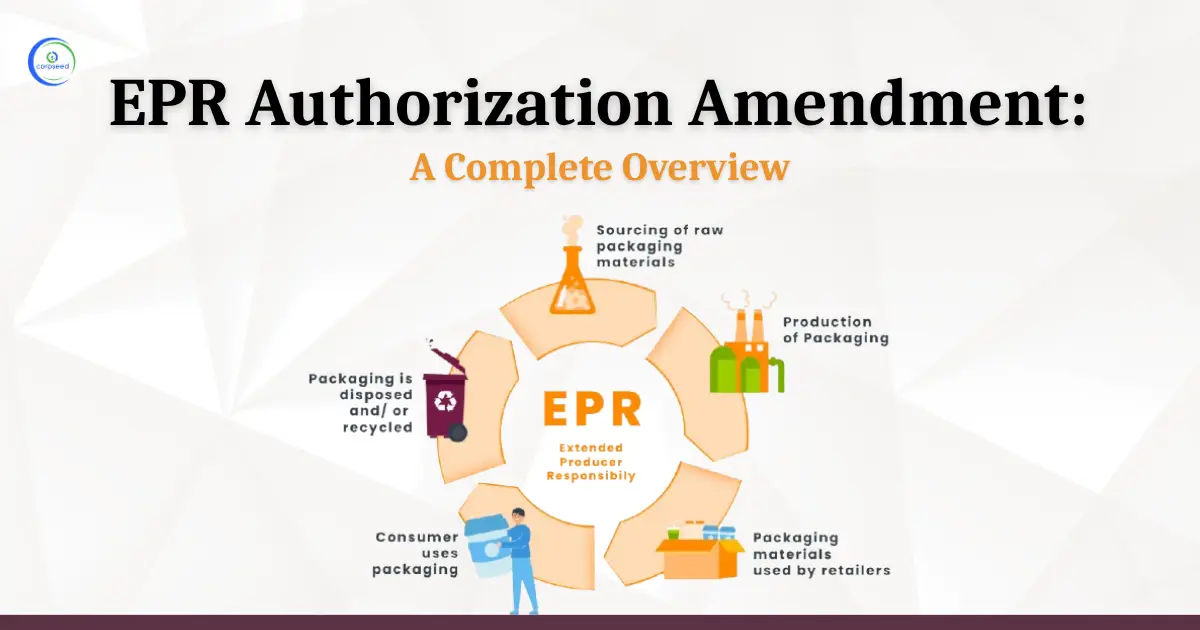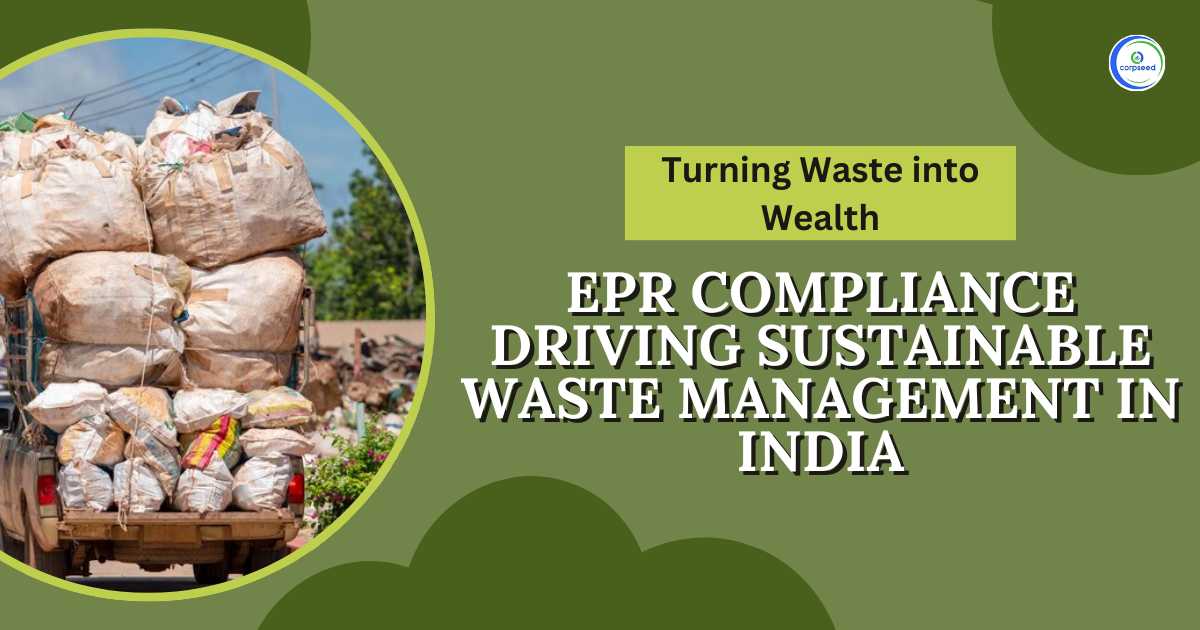Introduction: Used Oil Certificate from CPCB
The imperative part of keeping up with natural guidelines and advancing feasible hones over distinctive businesses in India is carried out by the Central Contamination Control Board (CPCB).
Overseeing and arranging utilized oil is one of the essential regions directed by CPCB. If not taken care of accurately, utilized oil from mechanical and car sources can make part of natural dangers. To handle this issue, CPCB has implemented the Extended Producer's Responsibility (EPR) system, which orders that makers are responsible for gathering, reusing, and arranging of utilized oil.
Table of Contents
--------------Blog Contact Form-------------
What is the Used Oil Certificate?
The certificate from CPCB for utilized oil affirms that the maker has taken after the EPR rules for utilized oil. This certificate indicates the objectives that makers are required to accomplish with respect to the collection, reusing, and transfer of utilized oil. It acts as an official acknowledgment by CPCB that the producer is taking after the natural benchmarks and rules set up for overseeing utilized oil.
What is the role of EPR oil certificate from CPCB?
EPR Oil Certificate from CPCB is rudimentary for managing environmental effects of waste oil. The primary capacities of the EPR Oil Certificate by CPCB are mentioned out below:
The primary capacities of the EPR Oil Certificate by CPCB are mentioned out below:
- Compliance with regulations
EPR Oil Certificate guarantees that makers, merchants and brand proprietors follow the national standards to used oil administration. Proper observance of natural measures as laid down by the government should be followed in order to avoid legitimate punishments and ensure compliance with various legal provisions among the companies.
- Preservation of the environment
Misuse of utilized oil leads to severe environmental pollution Being a liquid with high density, it forms a major pollutant when discharged in the environment. Poses an ability of polluting the soil and water, thus presenting severe wellbeing threats to human and animals. These are the facts as concerning the EPR Oil Certificate concerning the dependable management of utilized oil, including collection, reuse, and transfer to further the goals of reducing pollution and encouraging responsible behavior.
- Management of resources
The certificate packages promotes a circular economy since the utilized oil is either reused or re-used. Thus, by ensuring beyond any doubt that utilized oil is accumulated and treated accurately, it will be possible to recuperate and reuse the important assets, in this way decreasing the request for modern crude materials and safeguarding regular assets.
- Being responsible and transparent.
It ensures that makers are accountable for products starting from the time they are produced up to the time of transfer after use by consumers through issue of EPR Oil Certificate. This obligation makes the process of the management of used oil transparent in that each company is required to report the collection, reusing, and transfer of the commodity to CPCB.
- Encouragement of Sustainable Practices
Business organisations are forced to get a hold of more environmentally friendly hone through following the rules and objectives outlined in the EPR Oil Certificate. This encompasses increasing the satisfactoriness of their generation plans, reduction of wastage, and investment in environmental technologies and solutions.
Read Our Blog: How to Change or Add Product Category in EPR Used Oil?
Why is the Used Oil Certificate Important form CPCB?
The certificate referred to as the ‘Utilized Oil Certificate’ that was issued by the CPCB is actually rather important for various specific uses.
Reducing chance: Imperfectly discharging utilized oil can pollute potable water systems and agri-field; and this, commendable, threatens the general populace’s well-being. This is true because the certificate assures the use of safe transfer techniques so as to minimise such risks.
Safe Dealing with: The certificate defines what substances are allowed to have a legitimate reason and security measures to address utilized oil. This reduces the risks of shock, fires, toxic effects and other related mishaps when handling and dispensing of hazardous chemicals.
Efficient utilize of assets: Another is that to prepare modern oil, it may turn out to be slightly costly and hence reusing the ancient oil is cheaper. The certificate provides the framework for business to improve the reduction of the crude fabric costs and decrease generation costs via recycle.
Market Direction: The certification engages with the business in overseeing the market for the used oil: it prevents the raw material from being bought and sold in undesirable channels. It makes it halt the unlawful transfer strategies and bring in reasonable circulation of the second-hand oils into the market.
Alignment with SDGs: Proper management of used oil has close affiliations with the tenets of the sustainable development of the united nations (2015) particularly; Clean water and sanitation (SDG 6), consumption and production in a responsible manner (SDG 12) and sustainable use of terrestrial ecosystems (SDL 15).
Read Our Blog: How to Surrender an EPR Used Oil Certificate?
Process Correct EPR targets in EPR Used Oil certificate from CPCB
By following to these particular rules, your company can be certain that it meets the EPR goals for dealing with utilized oil set by CPCB, helping in natural maintainability and assembly directions.
- Assessment: Decide that your foundation produces 10,000 litters of waste oil per year.
- Target Setting: Setting an objective in line with CPCB suggestions to accumulate and repurpose 80% (8,000 litters) of the utilized oil.
- Method of Collection: Collaborate with affirmed collectors and set up secure capacity containers.
- Recycling Technique: Accomplice with an authorize recycler to oversee the transfer of the assembled utilized oil.
- Documentation: Record all exchanges and developments including utilized oil for documentation purposes.
- Reporting: Send CPCB quarterly reports that incorporate data on the sums collected, reused, and arranged of.
- Audit: Perform an inner review to confirm adherence and get prepared for CPCB checks.
- Improvement: Enhance forms in the another cycle by checking on criticism and review results.
Conclusion
The CPCB certification for the used oil as per the EPR regulation can be ensured while taking care to make it free from natural contamination. That companies can follow to maintainable hones by using to CPCB’s particular strategies such as evaluating the oil generation, setting up realistic targets, working with approved collectors and recyclers, maintaining detailed record and providing regular report.
That not as it were reduce wellbeing hazards and enhance resource utilization but moreover assist in formation directions and business guidelines. Implementing these activities forms the basis of natural supportability and more incorporates the key points of the SDG’s, providing companies with the ability to effectively and efficiently manage the used oil.
This portion of the site is for informational purposes only. The content is not legal advice. The statements and opinions are the expression of author, not corpseed, and have not been evaluated by corpseed for accuracy, completeness, or changes in the law.
BOOK A FREE CONSULTATION
Get help from an experienced legal adviser. Schedule your consultation at a time that works for you and it's absolutely FREE.





.webp)



